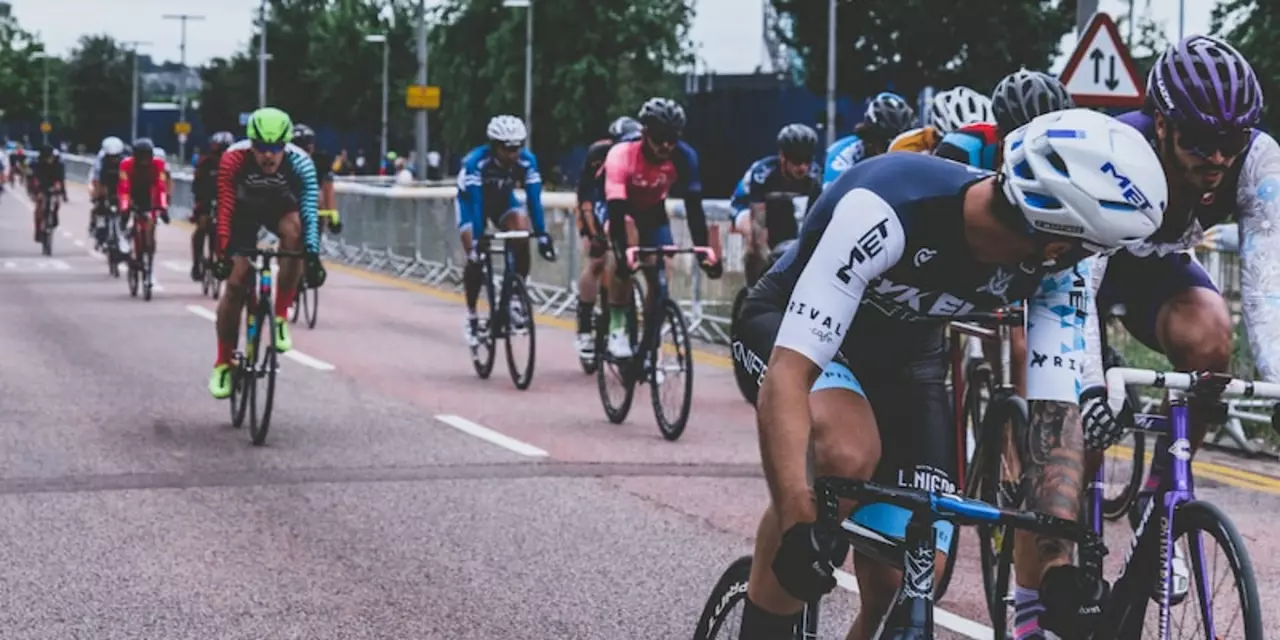How to Appreciate the Tour de France – A Simple Guide
Ever sat in front of a TV screen while the Tour de France rolled by and thought, "What’s the big deal?" You’re not alone. The race can feel like a maze of jerseys, mountain passes, and French towns you’ve never heard of. The good news? You only need a few basics to turn confusion into fascination. Let’s break it down so you can enjoy every stage, even if you’re new to cycling.
Know the History and the Heroes
The Tour started in 1903, and it was meant to showcase France’s landscape and boost bicycle sales. Over 120 years later, it’s still a showcase – only now it’s a global spectacle. Knowing why the race matters helps you feel part of the story. For example, the yellow jersey isn’t just a bright shirt; it’s a symbol of the overall leader, a tradition that began in 1919 when the race organizer wanted a simple way to mark the race’s front‑runner.
Next, learn the names of a few key riders. You don’t need a full roster; focus on the current favorites and a legendary champion or two. Riders like Tadej Pogacar, Jonas Vingegaard, or the veteran Chris Froome bring different styles to the race. When you hear a comment like “Pogacar attacks on the Col du Tourmalet,” you’ll instantly picture a climbing specialist ripping up a steep mountain.
Finally, pay attention to the teams. Big squads such as INEOS Grenadiers or Jumbo‑Visma act like mini‑companies, each with a strategy. Understanding that a team may sacrifice a rider to protect its leader adds drama to every breakaway you see.
Watch the Race Like a Pro
Start with the stage profile. Most broadcasts show a simple graph of the day’s climbs and flats. A flat stage means sprinters will battle for a fast finish, while a mountain stage brings long climbs and likely changes in the overall lead. Spotting the categorised climbs (Category 4 up to Hors Cat) tells you how hard the route is and where the biggest moves will happen.
Focus on the commentary. Good commentators explain why a rider is strong on a certain climb or why a team is working together. If the announcer mentions a “breakaway of three riders,” keep an eye on that small group; they often stay ahead for a while and can claim a stage win.
Don’t forget the local flavor. The Tour passes through historic towns, vineyards, and even small villages that host crowds of cheering fans. Watching those moments can be surprisingly emotional – it reminds you that the race isn’t just about numbers, it’s about community.
Finally, join the buzz locally. Tamworth Cycling Hub hosts viewing parties and post‑stage discussions. Sharing your thoughts with fellow fans turns a solo watch into a shared experience. Ask questions, share what you learned about a rider, or simply enjoy the high‑energy atmosphere of a group watching the final sprint.
By learning a bit of history, recognizing the main players, and using simple tools like stage profiles, the Tour de France becomes much more than a long bike ride on TV. You’ll start to feel the excitement of each climb, the tension of a sprint, and the pride of a town cheering on the peloton. So next time the yellow jersey rolls into the frame, you’ll know exactly why it matters – and you’ll love the race just a little more.

How can I learn to appreciate the Tour de France?
Daxton Fairweather Mar 3 0The Tour de France is a prestigious event in the world of cycling and attracts thousands of spectators every year. Learning to appreciate the Tour de France can be done by understanding its history, getting to know the riders and the routes, and watching some of the races. It is also important to learn about the culture of the event and the people involved, such as the organizers, sponsors, and support teams. Finally, it is important to join in with the festivities and excitement of the event to truly appreciate it. By doing these things, you can learn to appreciate the Tour de France and its unique atmosphere.
More Detail